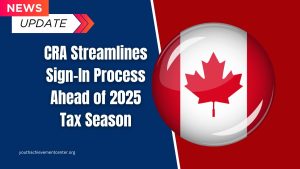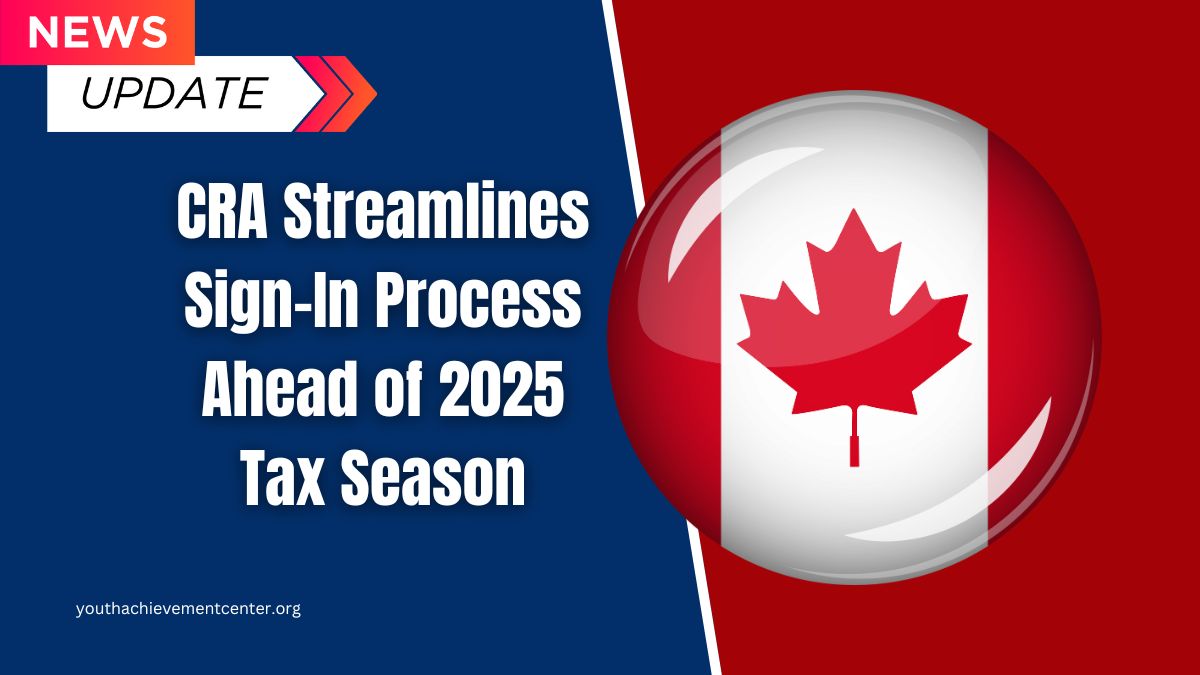The Child Tax Credit (CTC) continues to be a vital financial resource for American families, offering up to $2,000 per qualifying child under 17, with up to $1,700 refundable. This credit aims to alleviate financial pressures by reducing tax liabilities and, in some cases, providing refunds.
Eligibility Criteria for the 2025 Child Tax Credit
To qualify for the CTC in 2025, ensure you meet the following requirements:
- Age: The child must be under 17 at the end of the tax year.
- Relationship: Eligible children include your son, daughter, stepchild, foster child, sibling, half-sibling, stepsibling, or a descendant of any of them.
- Dependency: You must claim the child as a dependent on your tax return.
- Residency: The child must have lived with you for more than half of the tax year, with certain exceptions.
- Financial Support: You must have provided more than half of the child’s financial support during the year.
- Citizenship: The child must be a U.S. citizen, U.S. national, or U.S. resident alien with a valid Social Security number.
- Income Thresholds: The credit begins to phase out at $200,000 for single filers and $400,000 for married couples filing jointly. For every $1,000 over these thresholds, the credit reduces by $50.
Key Dates for the 2025 Child Tax Credit
You can claim the Child Tax Credit for 2025 when you file your taxes between early 2026 and April 15, 2026. If eligible, you can receive up to $1,700 as a refund. Once you file your taxes, the refund should arrive within 21 days.
Understanding the Child Tax Credit
The CTC is designed to reduce the financial burden on families by lowering tax liabilities for each qualifying child. While the maximum credit is $2,000 per child, up to $1,700 is refundable, meaning you can receive it as a refund even if you owe no federal income tax.
Income Phase-Out Details
The CTC phases out for higher-income earners. Specifically, the credit decreases by $50 for each $1,000 (or fraction thereof) of modified adjusted gross income (MAGI) above the threshold limits:
- Single Filers: $200,000
- Married Filing Jointly: $400,000
For example, a married couple filing jointly with a MAGI of $420,000 would see their available credit reduced by $1,000.
Claiming the Credit
To claim the CTC, complete Schedule 8812 (Form 1040) when filing your federal tax return. Ensure all eligibility criteria are met and provide accurate information to avoid processing delays.
Potential Changes on the Horizon
While the current CTC provisions are set through 2025, legislative discussions continue, and changes may occur. Staying informed about potential adjustments will help you maximize available benefits.
| Criteria | Details |
|---|---|
| Maximum Credit | $2,000 per qualifying child |
| Refundable Portion | Up to $1,700 |
| Age Limit | Under 17 at the end of the tax year |
| Income Phase-Out Begins | $200,000 (Single Filers); $400,000 (Married Filing Jointly) |
| Phase-Out Rate | $50 reduction per $1,000 over the threshold |
| Filing Period | Early 2026 to April 15, 2026 |
| Expected Refund Timeline | Within 21 days after filing |
By understanding these details and ensuring you meet the eligibility criteria, you can effectively plan to take full advantage of the Child Tax Credit in 2025, providing valuable financial support for your family.
What is the maximum amount I can receive per child through the Child Tax Credit in 2025?
The maximum credit is $2,000 per qualifying child, with up to $1,700 refundable.
How do I know if my child qualifies for the Child Tax Credit?
Your child must be under 17 at the end of the tax year, meet relationship and residency requirements, be claimed as a dependent, and have a valid Social Security number.
At what income level does the Child Tax Credit begin to phase out?
The credit starts to phase out at $200,000 for single filers and $400,000 for married couples filing jointly.







